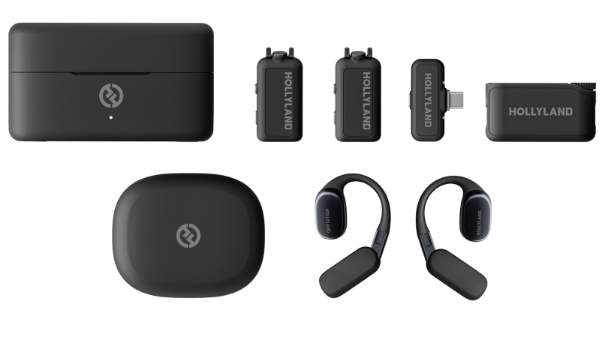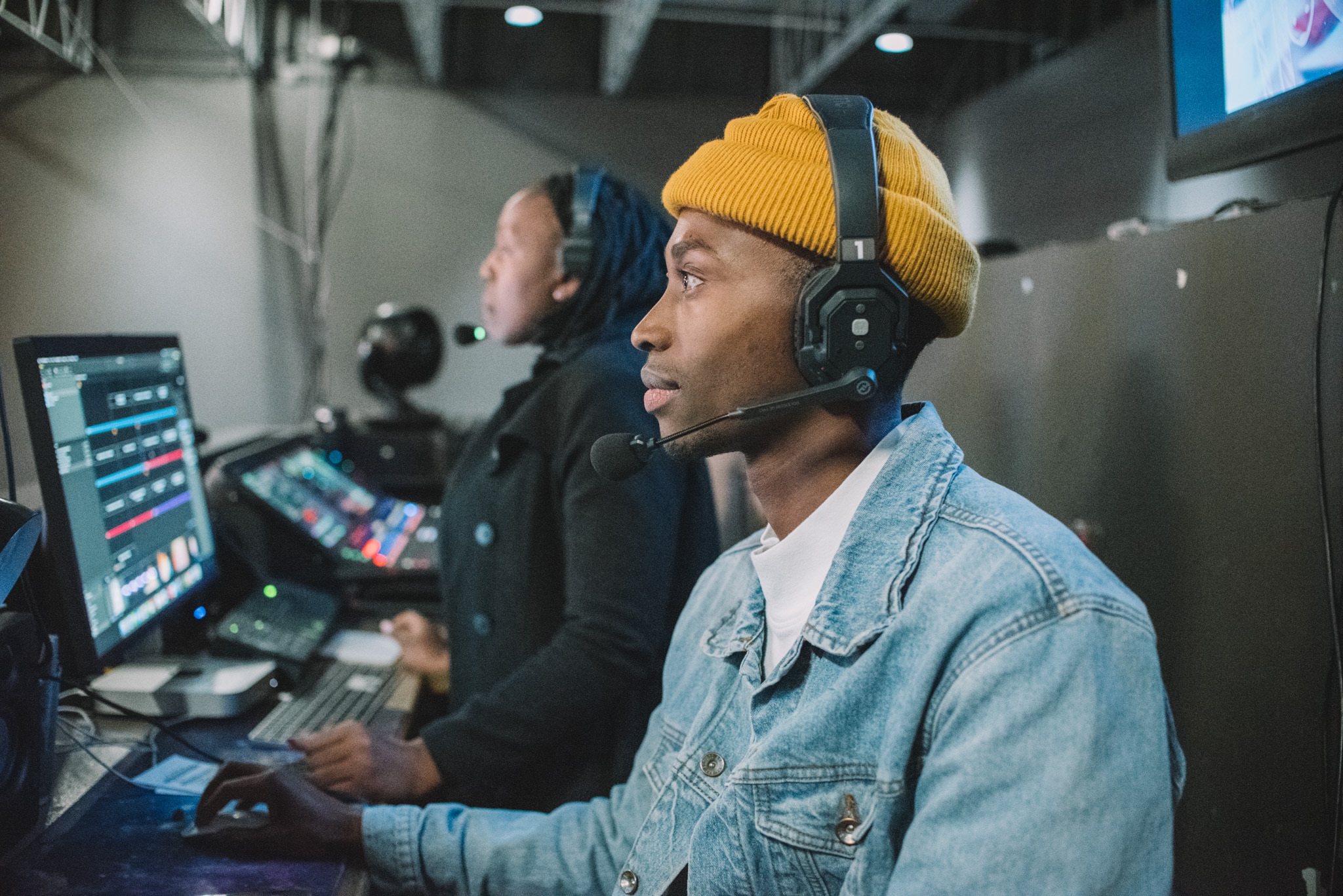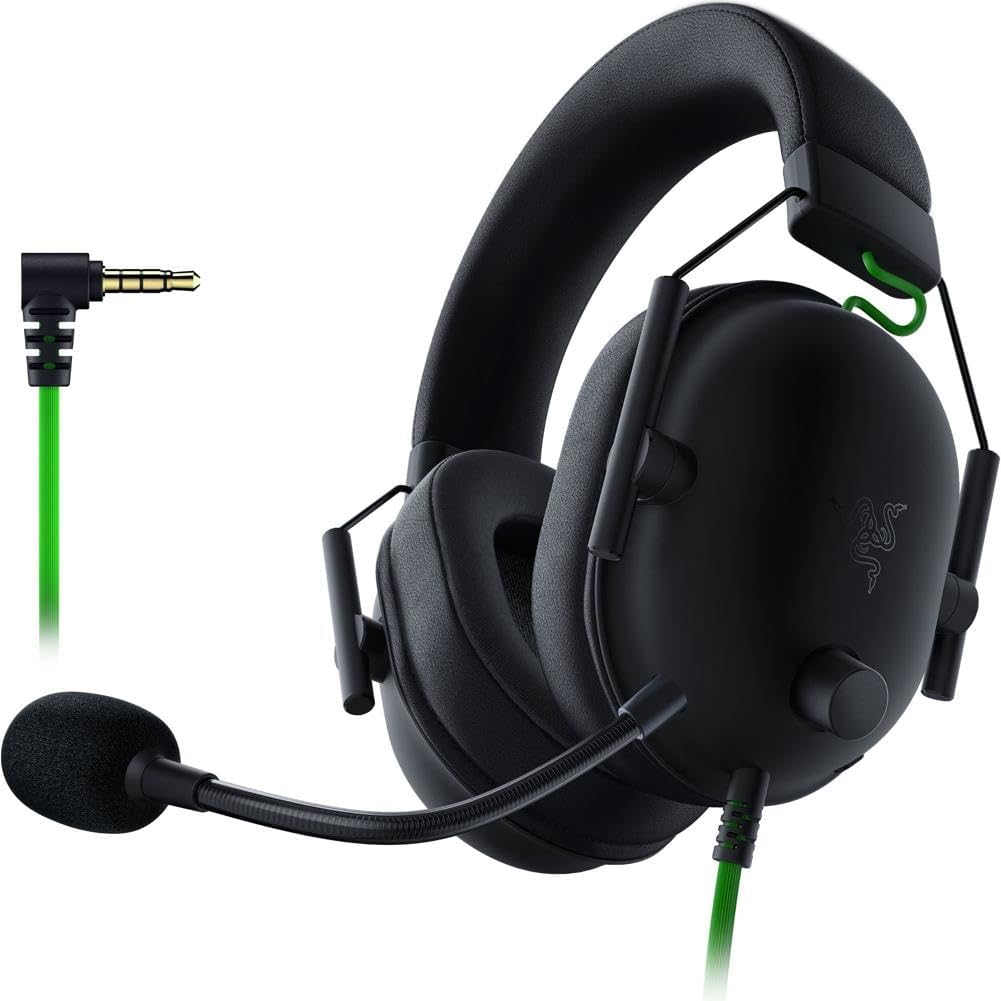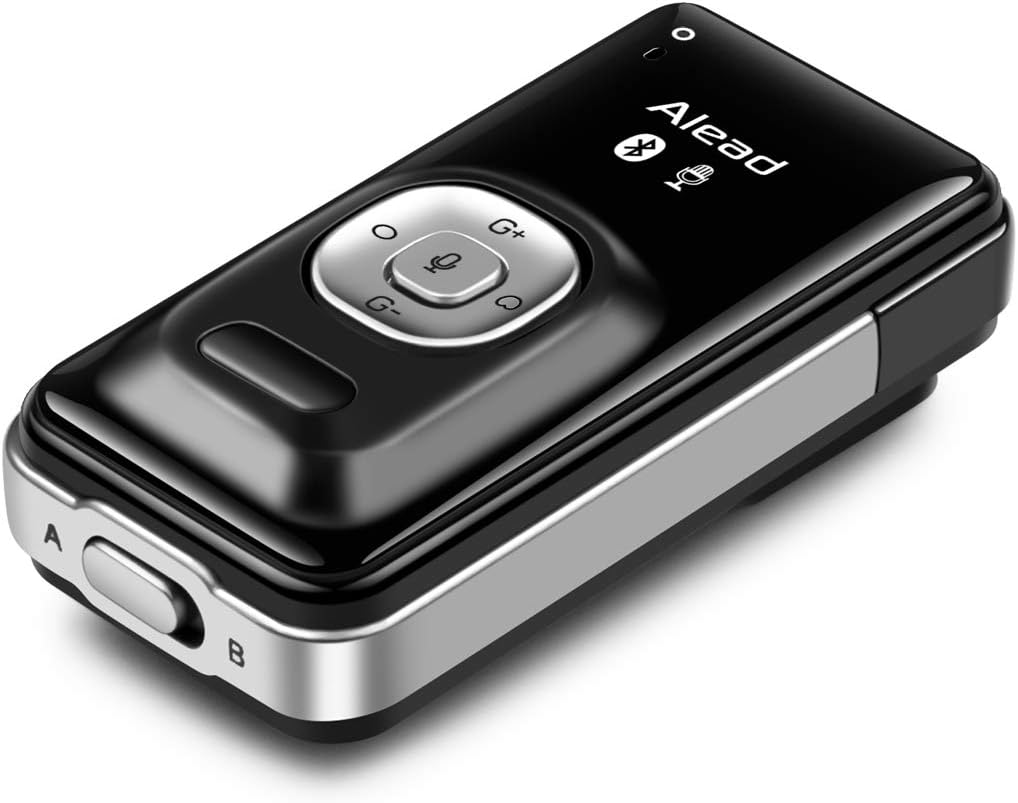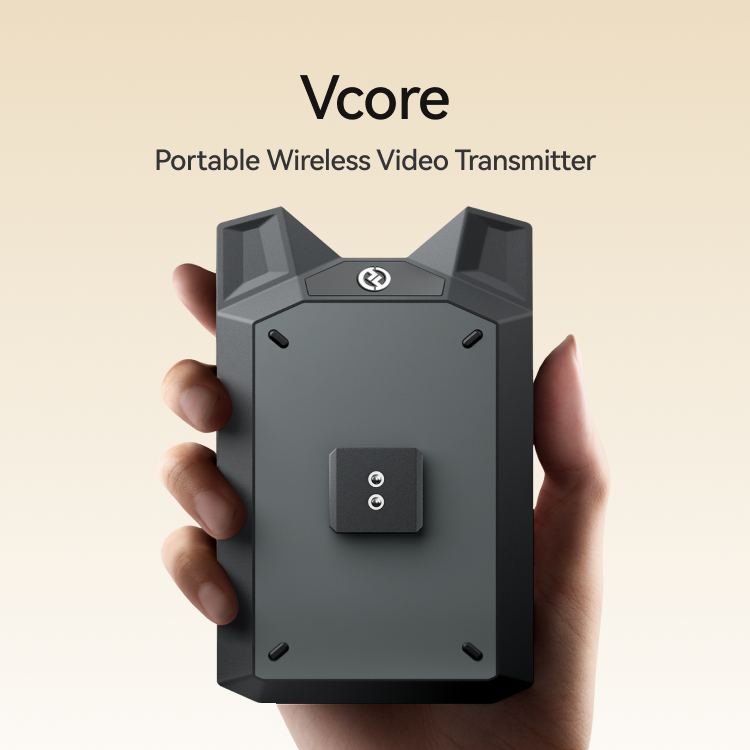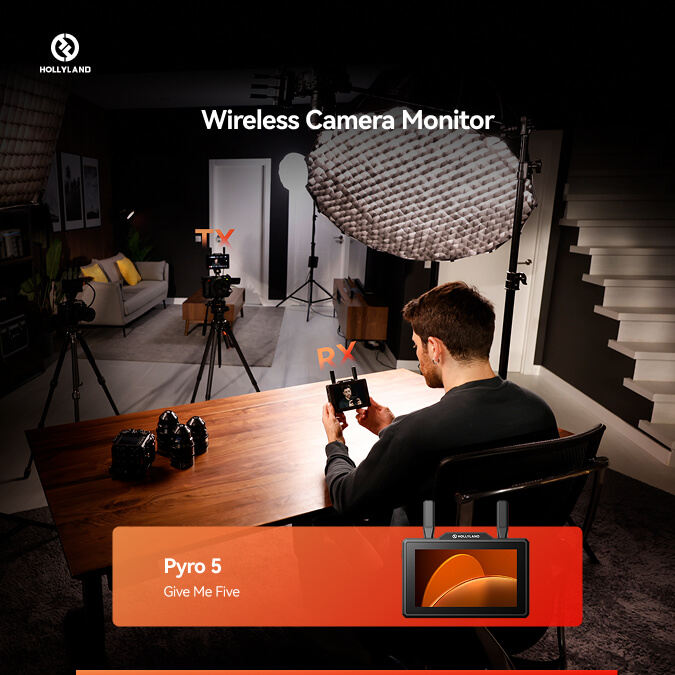In a world where voice is the ultimate tool for expression, the right microphone can transform your words into a powerful narrative.
Whether you are a voice actor or a gamer, picking the right voice changer microphone is important. It is not just a technical choice. It’s about unlocking your creative potential and connecting with your audience more engagingly.

Dive into this guide to discover the key factors that will help you select the perfect voice changer microphone. It will enhance your performances and take your creativity to new heights. Some good voice changers with microphones are waiting for you!
How Do Voice Changer Microphones Work?
Voice changer microphones can be normal mics that comes with a separate sound effect board, or a built-in voice-changing mechanism.
Voice changer microphones manipulate sound waves in real time, altering voice characteristics such as pitch, tone, and frequency. They use various effects, such as pitch shifting or modulation, to create different voices.
Some models offer advanced features, such as automatic voice control and multi-layer voice overlays, that enhance the audio experience. By integrating these effects directly into the microphone, users can achieve voice changes without needing post-production software. This makes them ideal for gaming, entertainment, and professional applications.
Factors You Must Consider Before Buying The Best Voice Changer Microphones
1- Key Features to Consider
- Voice Changing Capabilities
Voice changer microphones offer various capabilities to alter your voice in real-time. These include pitch shifting, modulation, and multi-voice options. Some models provide advanced features like automatic voice control, where the microphone adjusts your voice based on parameters such as pitch and tone. For users who want more control, modulation controls allow for precise adjustments to create dynamic voice effects.
- Microphone Type and Quality
The type and quality of the microphone are crucial for capturing clear audio. Common types include condenser and dynamic microphones, each with its own strengths.

Condenser microphones are generally more sensitive and suitable for capturing detailed sound. On the other hand, dynamic microphones are more robust and are often used in loud environments. The quality of the microphone affects how well it handles different voice levels and background noise.
- Polar Pattern
The polar pattern of a microphone determines how it picks up sound. Common patterns include cardioid, omnidirectional, and bidirectional. Cardioid microphones are ideal for solo use as they focus on the speaker’s voice, while omnidirectional microphones are better for group conversations. Some high-end models offer multiple polar patterns, providing versatility for different recording scenarios.
- Connectivity Options
Connectivity options are essential for compatibility with various devices. Common options include USB, XLR, and wireless connections. USB microphones are convenient for PC users, while XLR microphones are often preferred for professional setups requiring higher audio quality. Wireless microphones offer portability and ease of use, making them ideal for on-the-go applications.

2- Technical Specifications
- Signal-to-Noise Ratio (SNR)
The Signal-to-Noise Ratio (SNR) measures how well a microphone can distinguish between the desired audio signal and background noise. A higher SNR indicates better noise rejection and clearer audio. For voice changer microphones, a high SNR is crucial to ensure that the altered voice is clear and free from distortion.
- Sound Pressure Level (SPL)
The Sound Pressure Level (SPL) indicates the maximum volume a microphone can handle without distorting. A higher SPL is beneficial for loud environments or when recording loud voices. Voice changer microphones with high SPL capabilities can handle a wide range of sound levels, making them versatile for different applications.
- Dynamic Range
The dynamic range refers to the difference between the loudest and quietest sounds a microphone can capture. A wider dynamic range allows for more nuanced voice capture, which is important for voice changers that need to accurately manipulate various voice levels.
- Battery Life
For wireless voice changer microphones, battery life is a significant consideration. Longer battery life ensures uninterrupted use during extended sessions. Some models offer charging cases that extend battery life, providing additional convenience.
3- Additional Features
- Built-in Sound Card
A built-in sound card can enhance audio quality by processing sound directly within the microphone. This feature is particularly useful for voice changers as it can improve the clarity and fidelity of the altered voice.
- Real-Time Monitoring
Real-time monitoring allows users to hear their voice as it is being recorded or transmitted. This feature is essential for voice changers, as it helps users adjust their voice in real-time to achieve the desired effect.
- Adjustable Bass and Treble
Adjustable bass and treble controls provide users with more flexibility to customize their voice output. This feature is beneficial for creating specific voice effects or enhancing the overall audio quality.
- LED Lights or Visual Effects
LED lights or visual effects can indicate mute status, power, or clipping alerts. They also enhance the microphone’s aesthetic appeal in a gaming or streaming setup.
4- User Experience and Compatibility
- Ease of Use
Ease of use is crucial for voice changer microphones. Simple controls and intuitive interfaces make it easier for users to switch between different voice effects or settings without interrupting their workflow.

- Compatibility
Compatibility with various devices and software is essential. Ensure that the microphone is compatible with your computer, gaming console, or other devices you plan to use it with. Some microphones may require specific software for full functionality, so it’s important to check compatibility before purchasing.
- Software Integration
Software integration allows users to customize and enhance their voice-changing experience. Some microphones come with dedicated software that offers additional features, such as advanced voice effects or real-time monitoring.
5- Budget and Accessories
- Price Range
Voice changer microphones vary widely in price, depending on their features and quality. Budget-friendly options are available for casual users, while professional-grade microphones offer advanced features at a higher cost. Consider your needs and budget when selecting a microphone.
- Included Accessories
Included accessories can enhance the overall value of a microphone. Look for models that come with stands, cables, or carrying cases, which can make setup and transport easier.
What are the best Voice-changer microphones on the market?
#1 Podcast Equipment Recording Package Changer

This professional recording studio package comes with a BM-800 voice-changing microphone and includes a live sound card for excellent sound quality. It offers:
- Multiple sound effects for real-time voice changing
- Professional recording capabilities
- Compatibility with laptops, desktops, and mobile phones
#2 Podcast Microphone Sound Card Kit

This comprehensive kit is ideal for professional live streamers and podcasters. Key features include:
- 6 special voice effects
- Adjustable bass
- Built-in sound mixer
- 6 push buttons for easy control
- Real-time voice monitoring capabilities
The sound quality is notably high, making it specifically suitable for live streaming and professional recording sessions.
#3 FINYIORE Microphone

The FINYIORE Bluetooth Karaoke Microphone delivers impressive stereo sound through its dual speakers and 3-layer mesh filter, creating an immersive live performance experience. Key Features include:
- Five fun voice-changing effects
- Three connection options: Bluetooth, USB cable, and TF card support
- Exceptional 11-14 hour battery life
- Simple, lightweight design with intuitive controls
Special Recommendation: Hollyland Lark Max
While not a voice changer microphone, the Hollyland Lark Max offers a professional alternative. Voice changer microphones often compromise audio quality, but with Lark Max, you can record pristine audio and add effects during post-production.
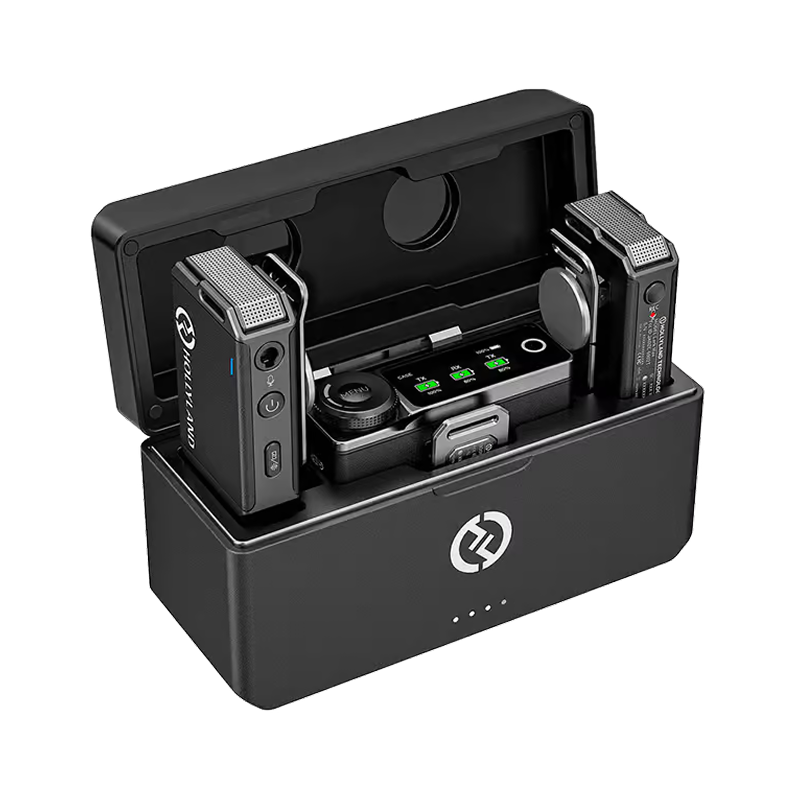
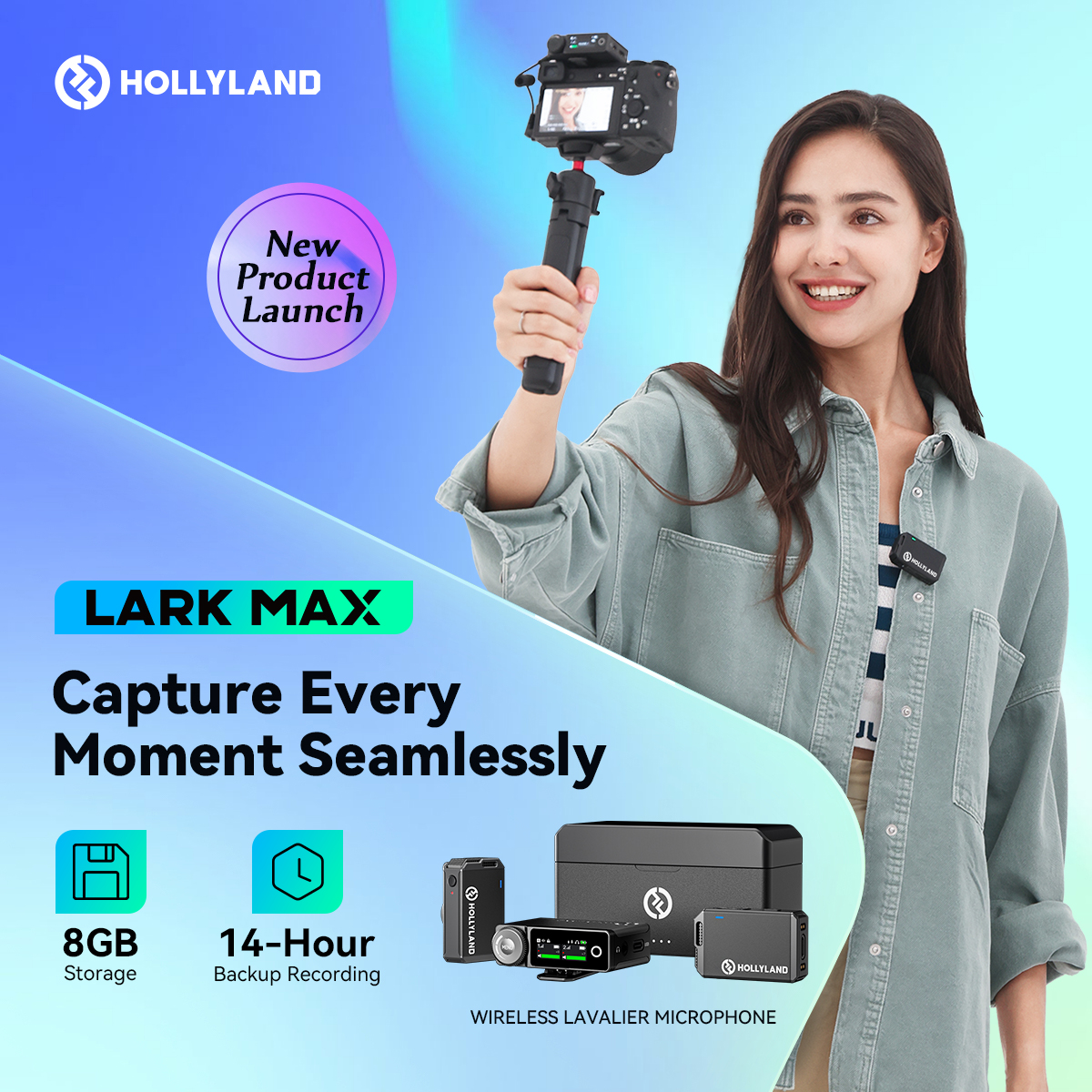
Hollyland LARK MAX - Professional Wireless Microphone
A professional wireless microphone system featuring studio-quality audio with advanced noise cancellation.
Key Features: Studio-Quality Audio | Magnetic Attachment | 8GB Internal Recording
The Lark Max features 8GB of built-in storage for up to 14 hours of uncompressed WAV recording. It functions as both a wireless mic and a standalone recorder. Its MaxTimbre technology delivers studio-quality audio with professional Environmental Noise Cancellation for crystal-clear sound in any environment.
Conclusion
When selecting a voice changer microphone, prioritize sound quality and voice modification capabilities that match your specific needs. Consider the microphone’s compatibility with your existing equipment and software. For professional applications, evaluate the range of voice effects, ease of use, and real-time monitoring options. Budget is important, but investing in higher-quality equipment often yields better results.
While exploring different voice changer microphones, it’s important not to overlook audio quality and convenience. A wireless lavalier microphone ensures clear, consistent voice pickup and maximum mobility, making your voice-changing experience even more engaging and professional.
FAQs
Are wireless voice changer microphones reliable?
Wireless voice changers offer convenience but may introduce latency or connection issues. Bluetooth options work well for casual use, but wired connections typically provide more reliable performance and better audio quality for professional applications.
How important is noise cancellation in voice changer microphones?
Noise cancellation is extremely important for voice changer microphones, as it ensures that only your voice is being processed and modified. Clean input audio results in better voice-changing effects. Many users find that additional noise removal software like RTX Voice can further improve results when using voice changers.
Can I use a voice changer microphone for professional content creation?
Yes, there are professional-grade voice changer microphones designed specifically for podcasting, streaming, and voice acting. Look for options with built-in sound cards, multiple voice effects, and high-quality audio capture. For professional use, consider microphones that come with complete kits, including mixers and sound adjustment capabilities.
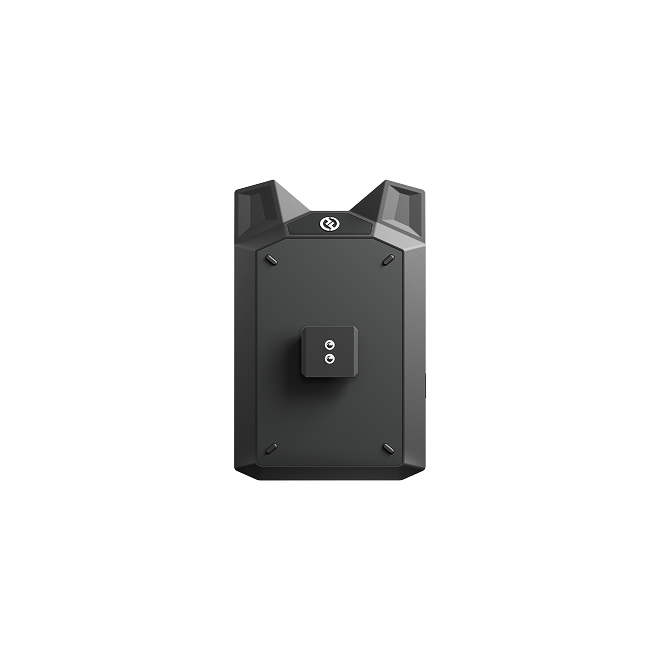

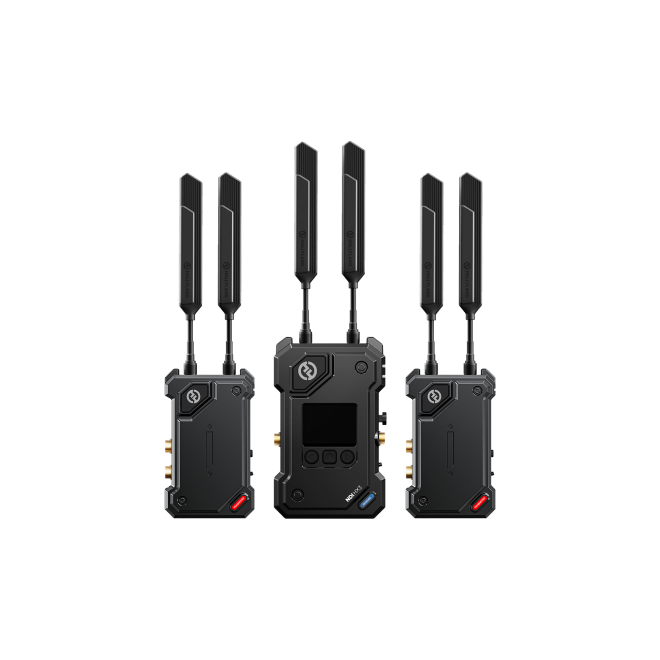
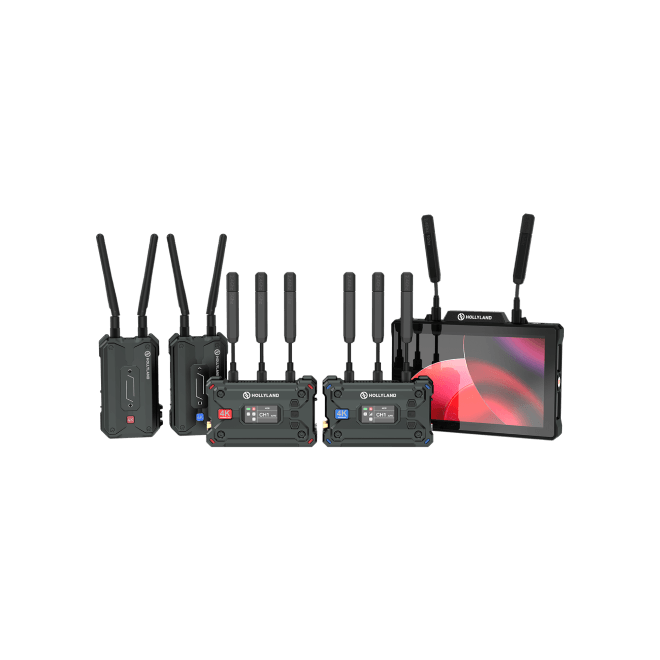
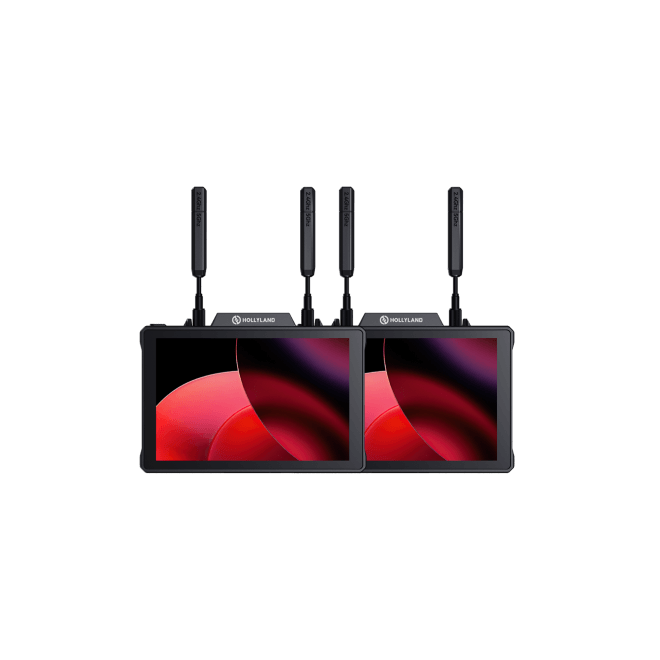
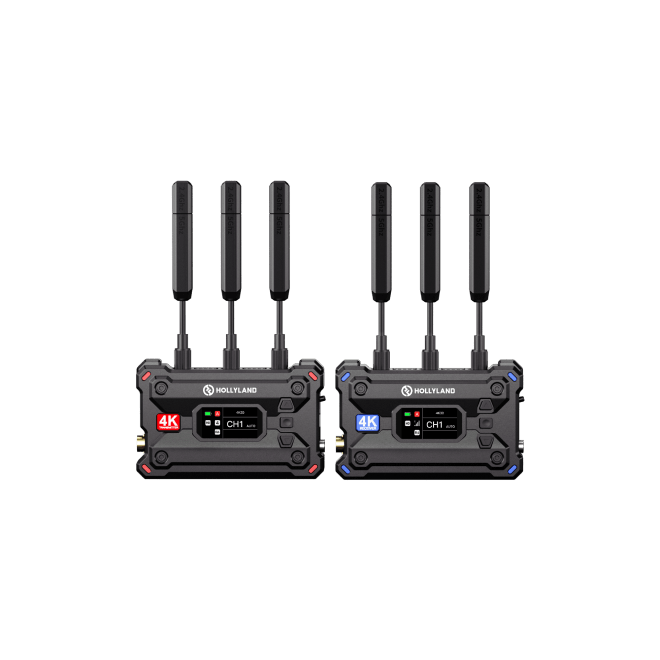
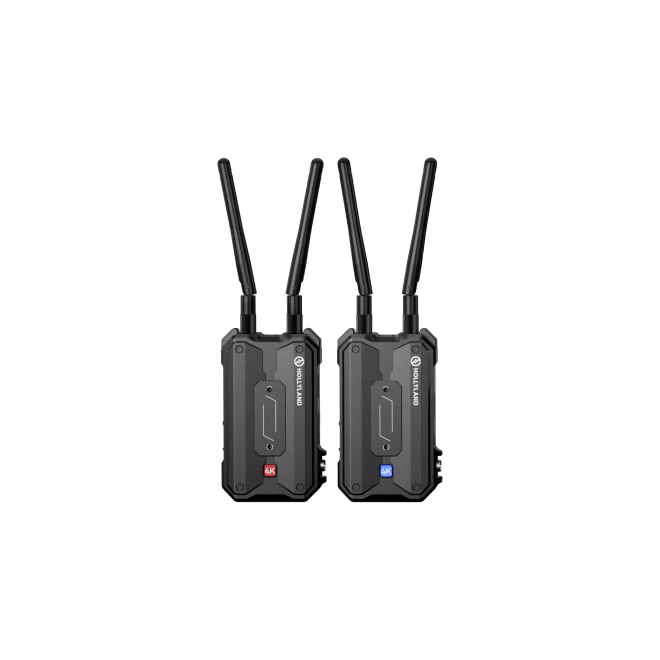
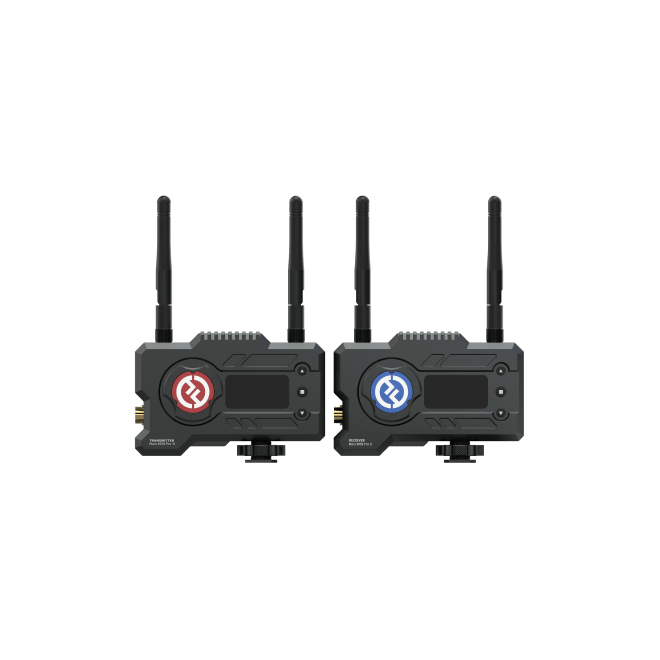
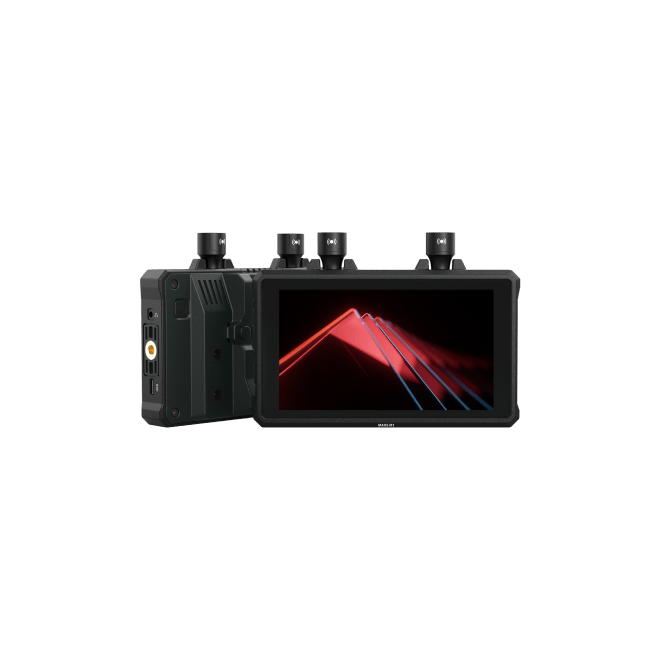
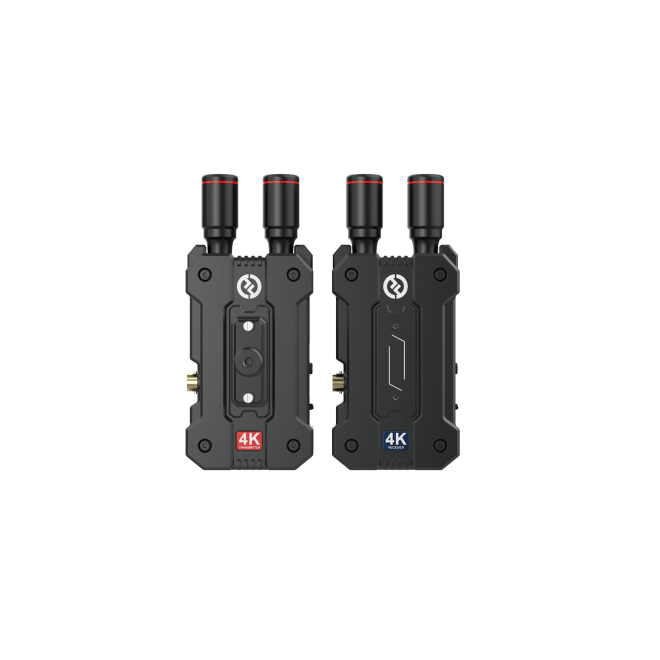
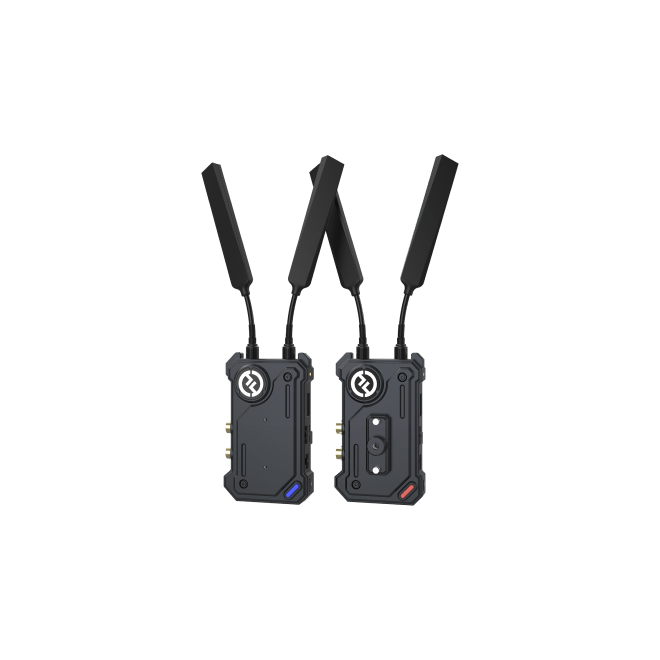
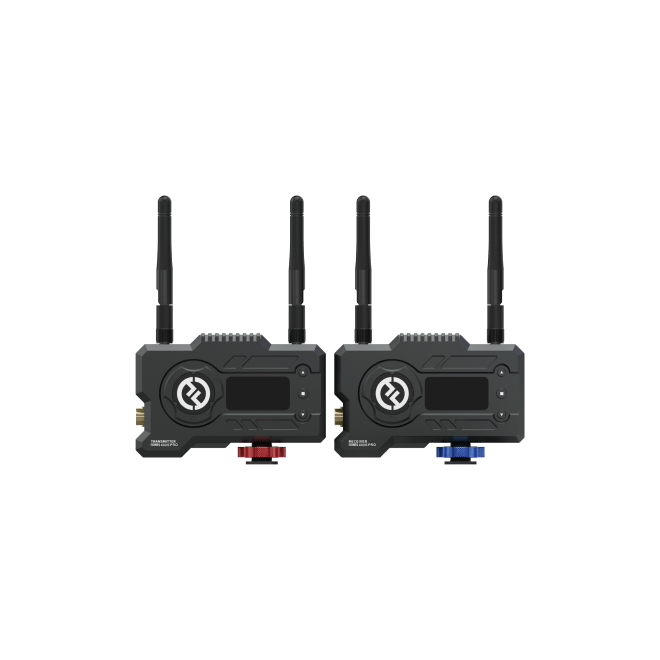
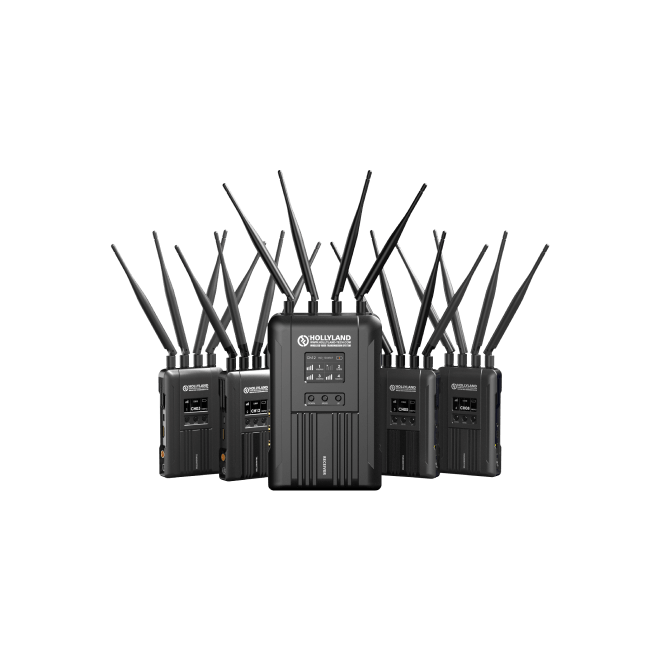


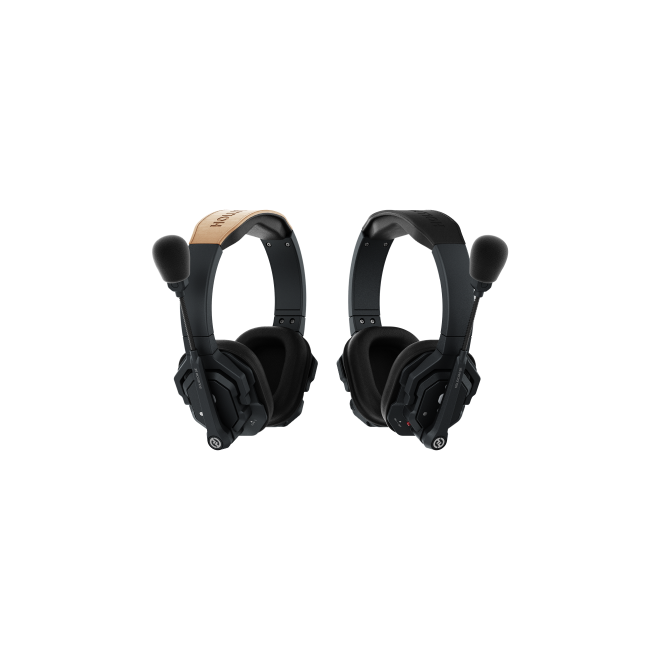
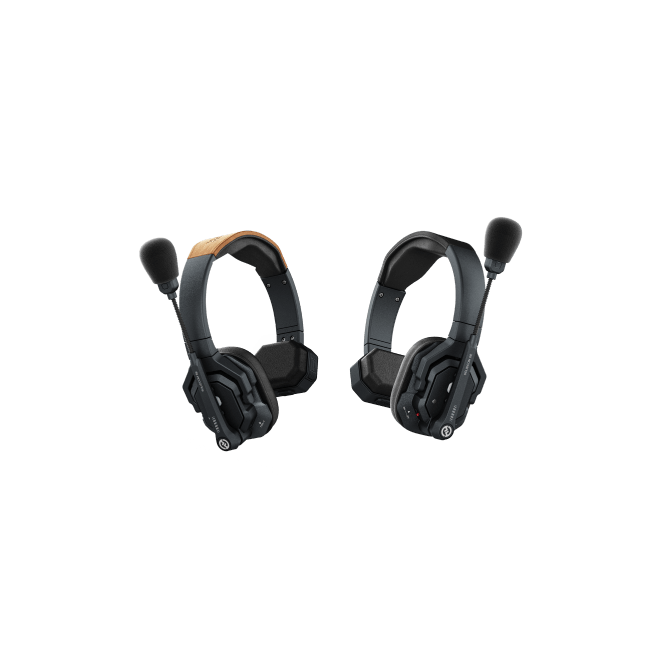
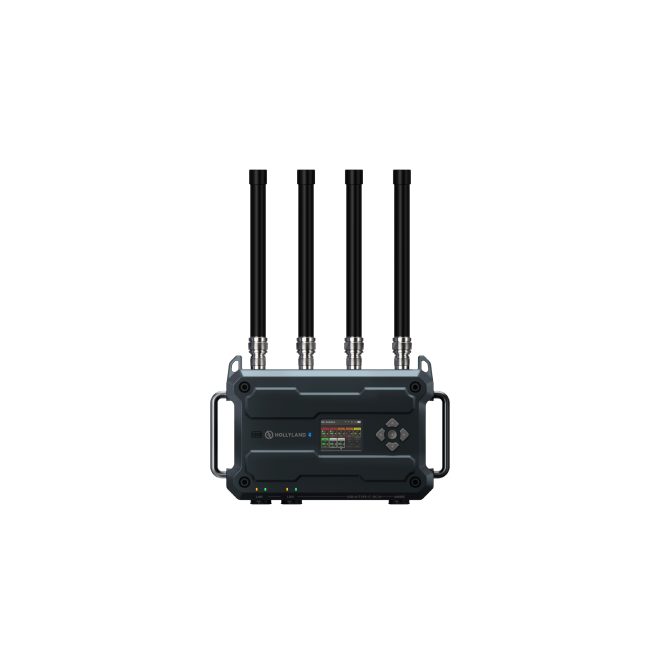
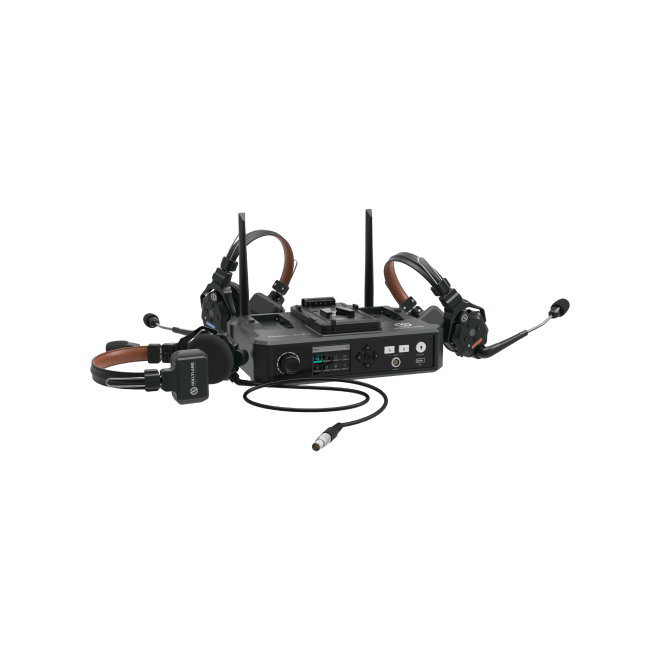
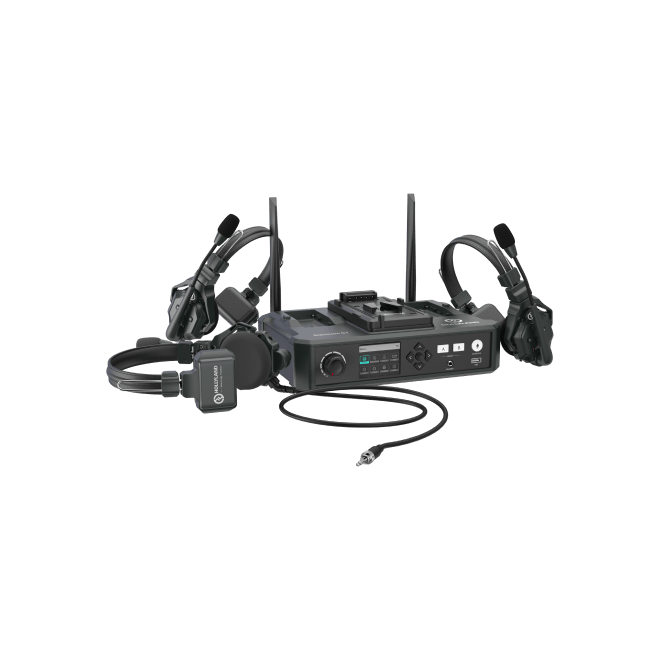
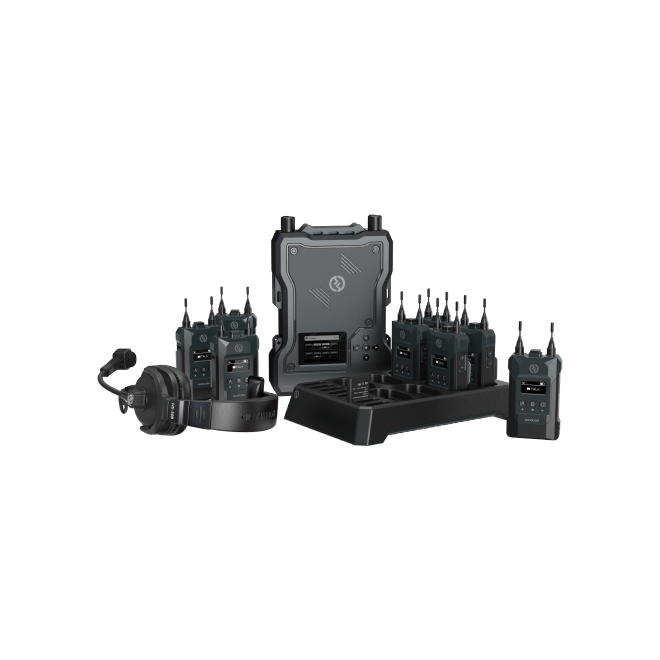
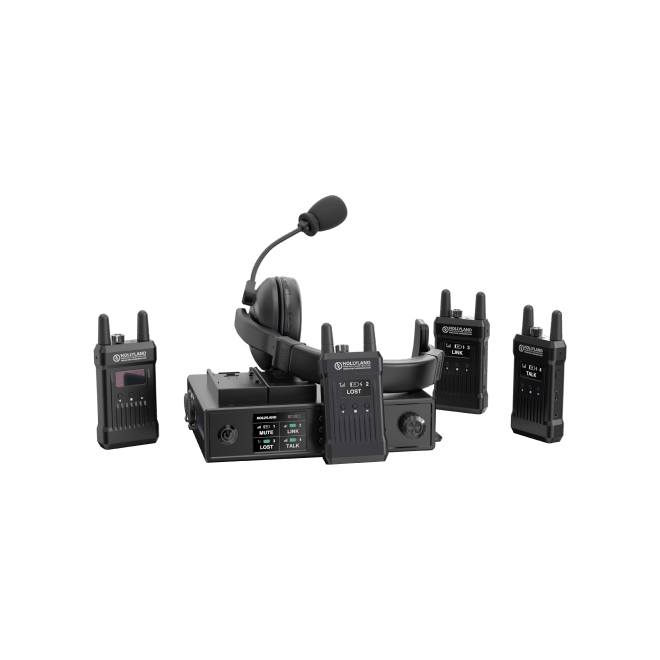
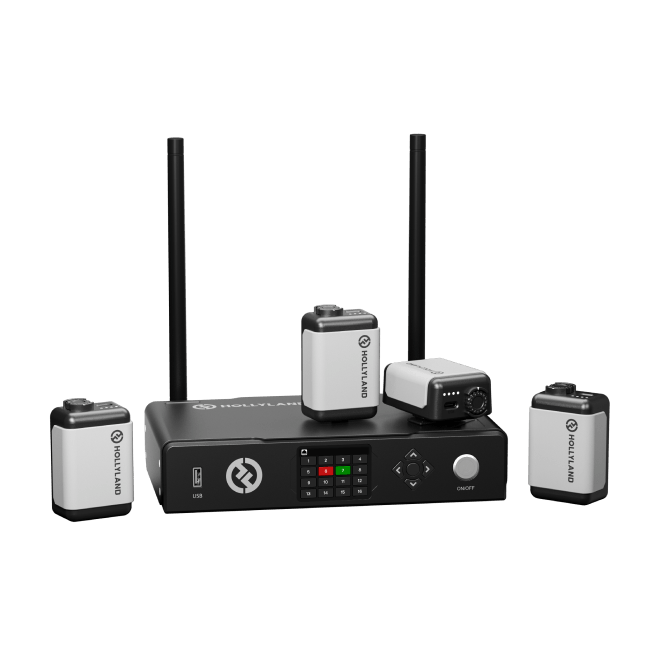
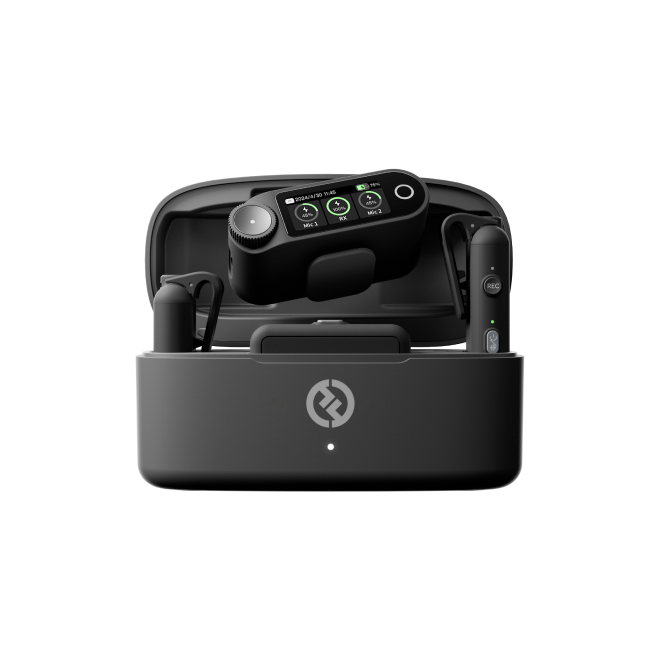


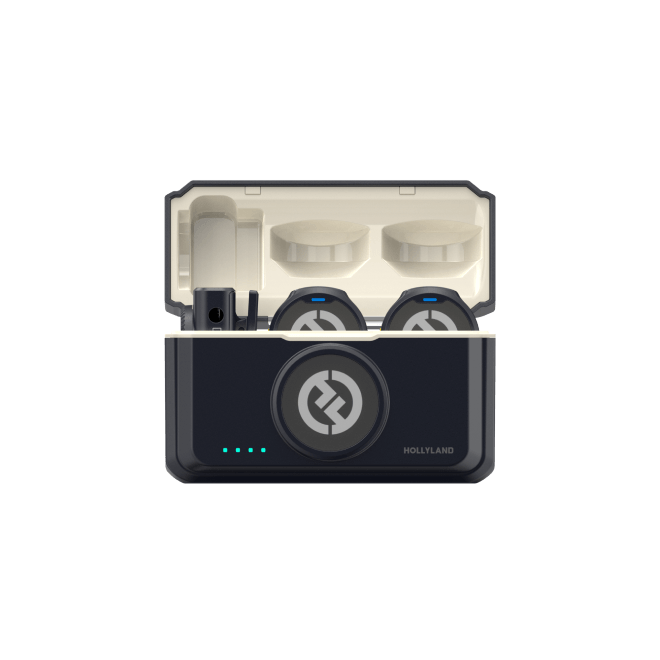
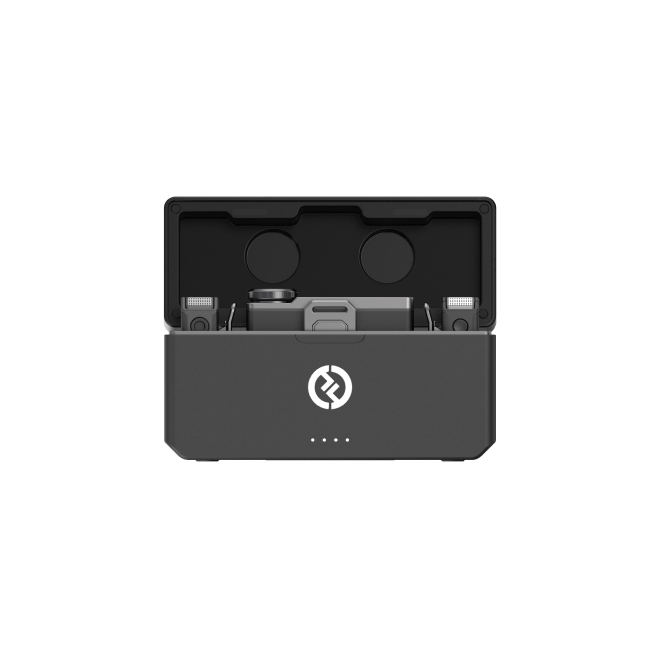
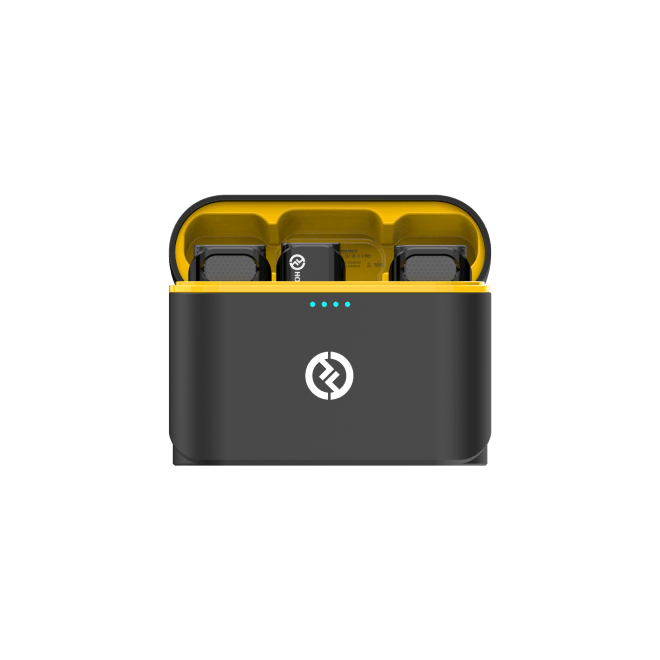
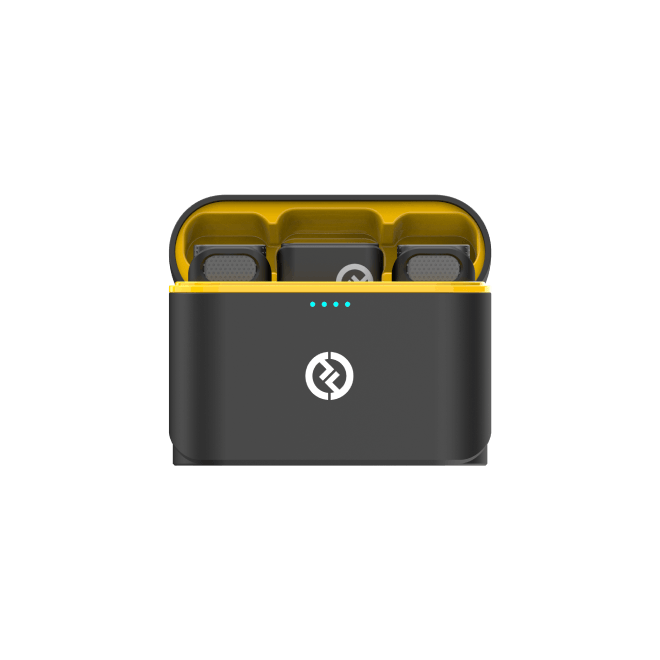
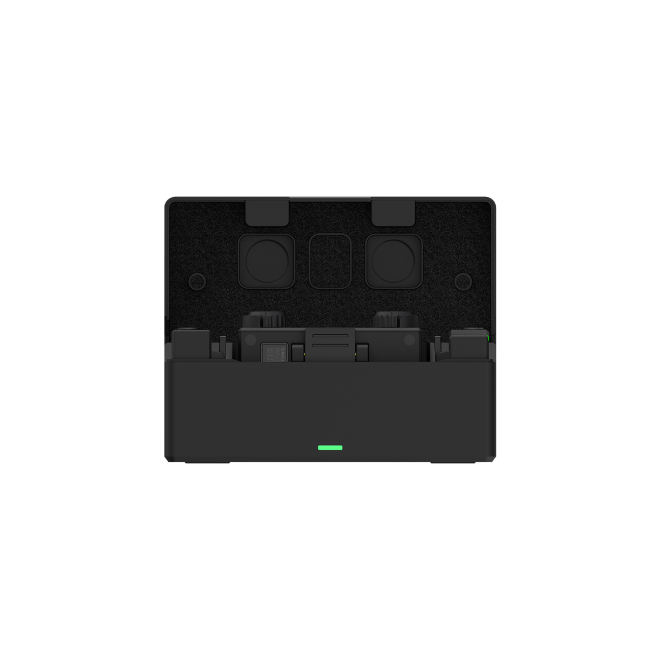

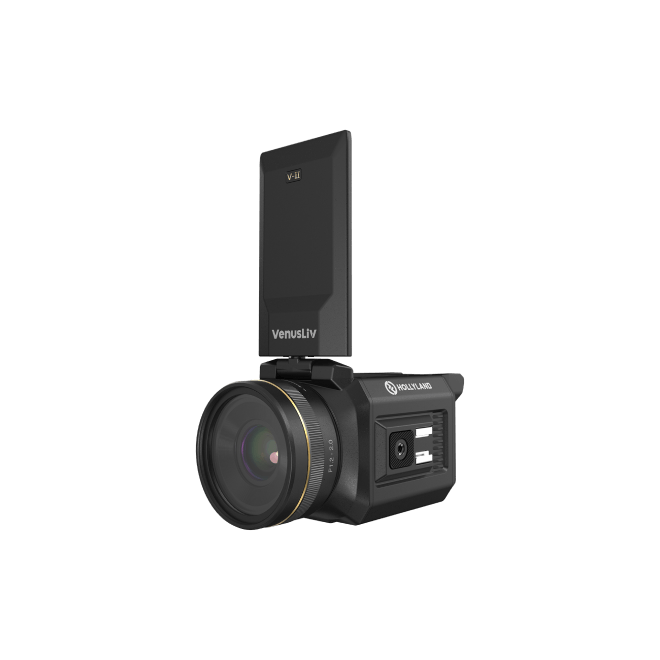
.png)


